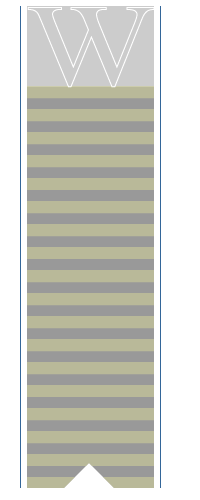Health Groups Release New Immunization Schedules
Children and adolescents can now be protected against more diseases than ever before, according to the 2007 Childhood and
Adolescent Immunization Schedules released jointly today by the Centers for Disease Control and Prevention (CDC), the American
Academy of Pediatrics (AAP), and the American Academy of Family Physicians (AAFP). The 2007 schedules include new immunization
recommendations for rotavirus, human papillomavirus (HPV), varicella (chickenpox) and childhood influenza.
For the first time, the recommended childhood and adolescent immunization schedule will be divided into two schedules:
one for children from birth to six years of age and a second for those seven to 18 years of age. This change reflects the
growing importance of ensuring timely adolescent vaccination.
"These new schedules reflect the great strides we are making to protect children and adolescents against serious diseases,
including cancer," said Dr. Anne Schuchat, director of the Centers for Disease Control and Prevention's National Center for
Immunization and Respiratory Diseases.
"We are providing a separate schedule for those seven to 18 years of age because of an increasing number of vaccines being
developed to protect adolescents against disease."
The 2007 childhood schedule includes new recommendations for oral rotavirus vaccine, varicella vaccine and influenza vaccination.
Infants are now recommended to receive three doses of oral rotavirus vaccine at two, four and six months of age. Rotavirus
is a virus that causes severe diarrhea in babies and young children. It is responsible for more that 200,000 emergency room
visits, 55,000 to 70,0000 hospitalizations, and 20 to 60 deaths each year in the United States.
Children four years to six years of age are now recommended to receive a second dose of varicella (chickenpox) vaccine
to further protect against the disease. About 15 to 20 percent of children who received only one dose of varicella vaccine
are not fully protected against chickenpox.
The first dose is recommended at 12 to 15 months of age. Older children, adolescents
and adults should also receive a catch-up second dose if they previously had received only one dose. Before the licensure
of varicella vaccine, there were on average about 13,500 hospitalizations and 150 deaths from complications of varicella each
year in the United States.
The childhood influenza vaccination recommendation has expanded to include children 24 months to five years old, as well
as their household contacts and caregivers. The previous recommendation was for children six months through 23 months. Now
children from 6 months through 59 months are recommended for annual influenza vaccination. This recommendation was expanded
because influenza often causes serious illness in children 2 to 5 years old. The number of emergency room and healthcare provider
visits related to influenza is higher for 2 to 5 year olds than for healthy older children. Children six to 24 months of age
are nearly as likely to be hospitalized for complications from influenza as adults 65 and older.
The 2007 Recommended Immunization Schedule for children and adolescents also recommended that girls age 11 to 12 years
of age receive a three-dose series of human papillomavirus (HPV) vaccine, with the second dose two months after the first
dose and the third dose at least four months after the second dose. The recommendation also allows for vaccination of girls
beginning at nine years old as well as vaccination of girls and women 13-26 years old. HPV is the leading cause of cervical
cancer in women. More than 20 million men and women in the United States are currently infected with HPV and there are 6.2
million new infections each year.
The 2007 immunization schedules can be found at CDC's Morbidity and Mortality Weekly
Report (MMWR) at
http://www.cdc.gov/mmwr.
